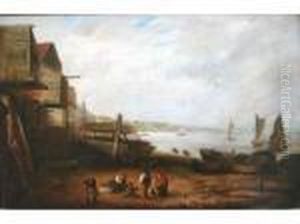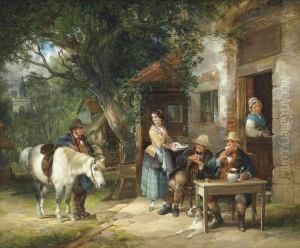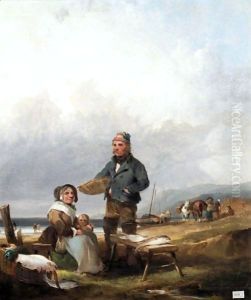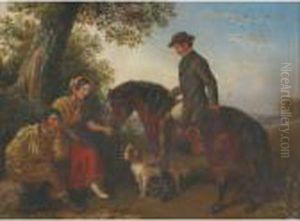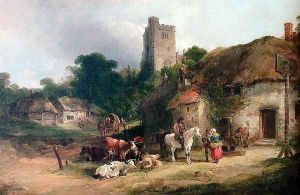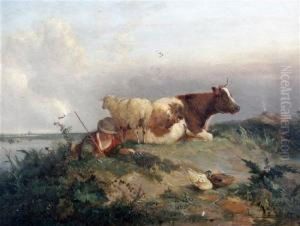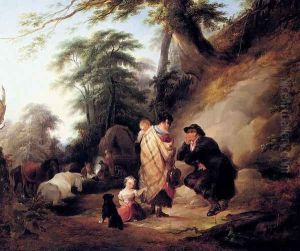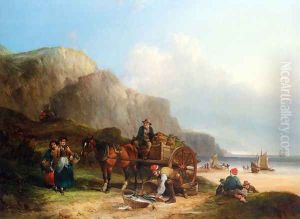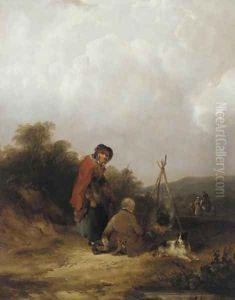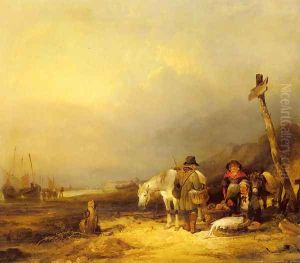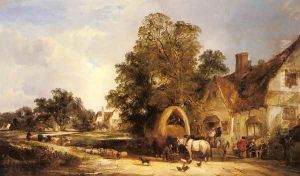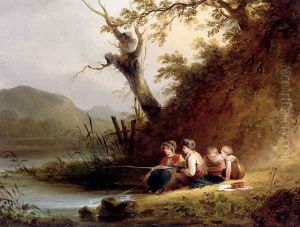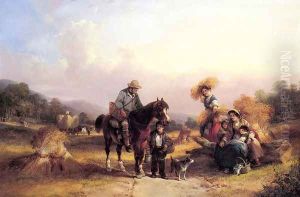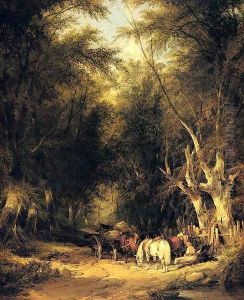Snr William Shayer Paintings
William Shayer Senior was an esteemed English landscape and animal painter born in Southampton, Hampshire, in 1787. Shayer established himself as a prominent artist in the 19th century, renowned for his detailed and vivid portrayals of the English countryside, its people, and their interactions with animals. His early life was marked by a largely self-taught journey into the world of art, with limited formal training. This, however, did not hinder his development as an artist; instead, it fueled his unique approach to painting, blending natural talent with keen observation of rural life.
Shayer's career took a significant turn when he moved to London, where he was exposed to a broader audience and the bustling art scene of the time. Despite this relocation, much of his work continued to draw inspiration from the Hampshire countryside, reflecting a deep connection and affection for the area. He exhibited at prestigious institutions such as the British Institution, the Royal Academy, and the Society of British Artists, gaining recognition and acclaim for his contributions to English art.
Throughout his life, William Shayer Senior was prolific, producing a vast number of works that captured the essence and beauty of rural England. His paintings often featured robust, lively scenes of country life, including market towns, agricultural activities, and pastoral landscapes, populated with animals and figures that showcased his skill in both landscape and genre painting. His ability to render the intricate details of nature and human interaction with it earned him a distinguished place among his contemporaries.
Shayer's legacy is carried on through his sons, William Joseph Shayer and Henry Thring Shayer, who followed in their father's footsteps, becoming accomplished artists in their own right. William Shayer Senior's work continues to be admired for its contribution to the English landscape genre, and his paintings are held in high regard, featured in galleries and private collections around the world. He passed away in Chilworth, a small village near Southampton, in 1879, leaving behind a rich body of work that continues to celebrate the rural English life he so cherished.






